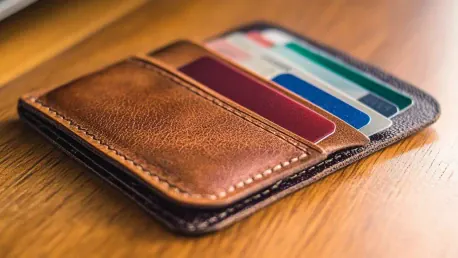Digital wallets like Apple Pay, Google Pay, and PayPal have rapidly become mainstream channels for financial transactions, often overtaking traditional payment methods. This shift is evident as, in 2023, they accounted for an astonishing half of all online transactions, significantly reducing reliance on physical cards. Furthermore, the user base of these digital payment systems is projected to reach an overwhelming 5.3 billion by 2026. The key driver behind this widespread adoption is the perception of enhanced security, with many users believing that bank-backed digital wallets offer heightened protection compared to alternative methods such as guest checkouts.
Highlighting Security Vulnerabilities
Despite their popularity and perceived safety, digital wallets are not without significant flaws. Researchers at the University of Massachusetts Amherst have recently uncovered critical security weaknesses in the current digital wallet ecosystem. The study reveals that outdated authentication methods could expose users’ credit and debit cards to various vulnerabilities. Digital wallets use a process called tokenization, in which a unique token is sent to vendors instead of the actual card number during transactions. The responsible bank then converts this token back into the card number to finalize the transaction, supposedly keeping sensitive information secure. However, criminals can exploit this system by adding a stolen card number to their digital wallet, allowing them to freely make transactions with minimal risk of detection.
Compounding the issue, reporting a stolen card might not prevent its misuse through a digital wallet. Generally, banks block transactions made with a physical card but might not automatically extend this protection to digital wallet transactions. This shortcoming arises from a system of “unconditional trust” established by banks once a cardholder’s identity is authenticated. As a result, transactions may still proceed using outdated card information stored in the wallet, forcing users to take extra steps to manually deactivate these card numbers. Banks often only update virtual mappings instead of fully re-authenticating the card, adding another layer of complexity for cardholders seeking to protect themselves.
Mitigating Risks and Enhancing Security
To address these vulnerabilities and enhance security, several measures can be implemented. Digital wallet providers and banks should collaborate to improve authentication protocols and ensure that tokens used in transactions are frequently updated. Additionally, banks should extend the same level of protection to digital wallet transactions as they do to physical card transactions, including promptly blocking stolen or compromised cards. Educating users about the risks associated with digital wallets and encouraging vigilance can also help mitigate potential threats. By taking these steps, the financial industry can bolster the security of digital wallets and maintain user trust in these convenient and efficient payment methods.









